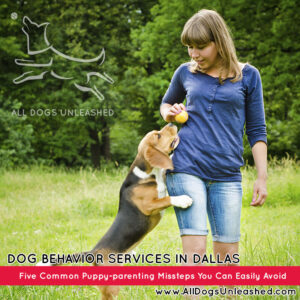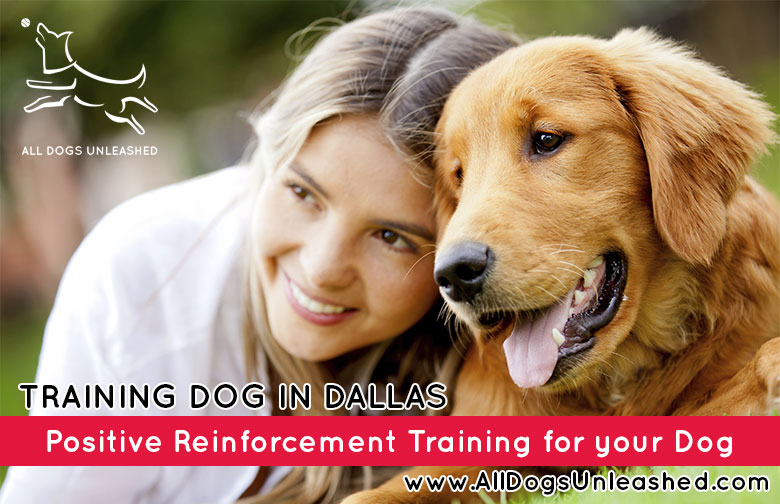BOISE BEHAVIOR SERVICES IN DALLAS

1. Jump Around
Do not allow your dog to jump on guests, period.
Even if you have a friend that insists “Oh it’s okay! I’m a dog person!” don’t allow your dog to jump up and greet them. Your pup doesn’t know the difference between a twenty-year-old who is a “dog person” and seventy-five-year-old Grandpa who just had a hip replacement.
If you have a dog that jumps, warn your guest before they come over. Ask your guests to turn away from your dog and ignore them until your pup is sitting quietly. Teach your dog that they get lovin’ when all four paws are on the floor, and not before.
2. Back Talk.
Petting, talking to, playing with, and even scolding a barking dog, reinforces the dog to bark. Do not give a dog attention while they’re barking. The best remedy to a Barking Betsy is the good ole’ cold shoulder. And don’t forget to praise the peace and reward Betsy when she is being quiet!
Remember, barking can be inherently rewarding for some dogs, especially for many smaller breeds. Make sure the reward you give your dog is more rewarding then the barking itself. You may have to test out several treats and toys to find out what your pup goes absolutely bananas for.
3. Submissive Peeing.
If you have ever been greeted at the door by a dog that stops and pops a squat, you have been greeted by a dog that submissively pees. Submissive peeing is one way little Buttercup can say “I’M BUTTERCUP AND I AM NOT A THREAT!”
If your dog submissively urinates, there are a few things you may be doing that unintentionally make the matter worse. Petting, talking to, or even looking at a dog that feels the need to submit can drive the pup to submissively urinate. If you think your dog is about to submit, look away and ignore him. Give Buttercup a couple seconds to calm down and allow some of the excitement to pass. Never scold your dog for submissively urinating, as that can make the matter much worse.
4. Giving In To Their Begging.
Those big eyes peering at you from under the table can be pretty hard to ignore. It can be especially hard when you find a warm, fuzzy face in your lap. Do yourself, and your guest, a favor and never feed your dog from the table. You are wrong if you think your pet won’t remember you giving them that piece of steak fat during last night’s dinner. It only takes one time!
Not feeding your pet from the table doesn’t mean your pup can’t enjoy some healthy human scraps every now and then–it simply means that your pup doesn’t get to enjoy them at the table or while you are eating. Reward your dog for staying away from the table during mealtime and consider teaching your dog “Place.” Ask your dog to go to their bed, or “place,” and provide them with a treat-filled toy or their own dinner once they’re lying down. Teach your pup that it is more rewarding to be away from the table during mealtime, rather than under it.
5. Potty Time Is NOT Play Time.
It’s not the time Fido gets to sniff all sixteen rocks Buster from next door peed on yesterday, or their personal time to roll in the grass by Coco’s house. Potty time is potty time. Your dog only needs the length of the leash to do their business. Teach your dog that social hour starts after business gets done.
This is especially true for those night time potty-breaks. It might be cute the first time, but eventually you won’t want to take Fido out at 3 A.M. to look at the stars. Take your dog to do their business and put your pup right back to bed. You will thank yourself later.
Sources: ASPCA, Humane Society Of The United States








